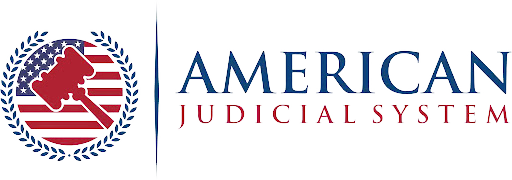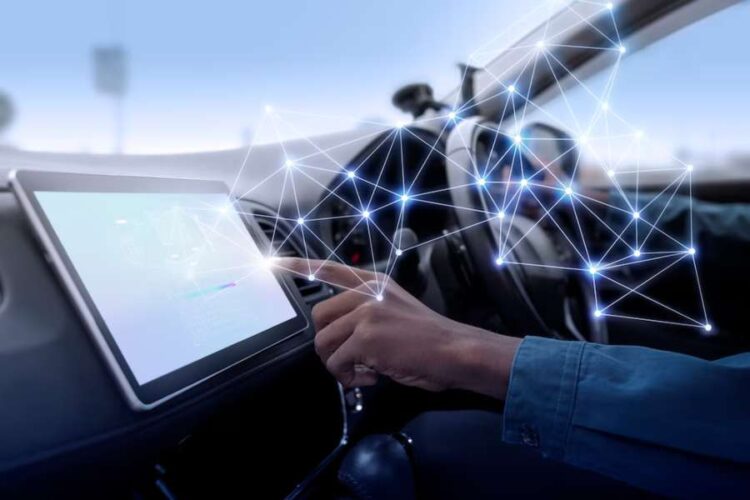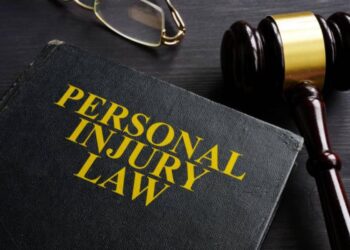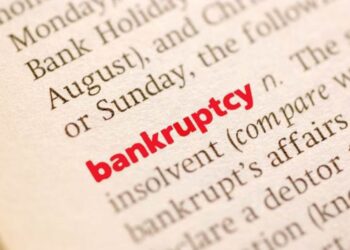Car accidents claim over 1.19 million lives annually worldwide, a crisis demanding urgent innovation. Artificial intelligence now emerges as a transformative force, reshaping vehicle safety through real-time hazard detection and decision-making. Advanced systems analyze road conditions, predict collisions, and override human error—tools once confined to science fiction.
Yet as machines assume greater control, complex questions surface. When AI fails to prevent harm, who bears responsibility? Manufacturers, programmers, or users? The rise of autonomous driving blurs traditional liability lines, challenging legal systems built for human-centric accidents.
Scientific Advances in AI-Powered Vehicle Safety
Modern vehicles are armed with AI systems designed to foresee and neutralize threats. These technologies—rooted in sensor networks, machine learning, and real-time analytics—intervene where human reflexes falter.
Yet beneath this innovation lies a critical tension: machines capable of saving lives remain imperfect, sparking debates over reliability and accountability.
Sensor Fusion: Creating a Digital Safety Net
AI integrates inputs from LiDAR, cameras, and radar to construct a dynamic understanding of a vehicle’s environment. These systems detect obstacles, track nearby vehicles, and interpret road conditions, enabling split-second adjustments to speed and trajectory. This layered approach compensates for individual sensor weaknesses, ensuring consistent performance for self-driving cars across diverse scenarios.
Predictive Analytics: Forecasting Danger
Machine learning algorithms analyze historical and real-time data to anticipate potential collisions. By recognizing patterns in driver behavior, pedestrian movement, and traffic flow, AI identifies risks before they escalate. This predictive capability allows systems to issue warnings or prepare safety mechanisms in advance, bridging gaps in human awareness.
Autonomous Interventions: Machines Take Charge
When drivers fail to react, AI systems override inertia. Autonomous emergency braking halts vehicles to avoid impacts, while lane-keeping technology corrects unintended drifts. These interventions shift safety from passive alerts to active protection, prioritizing collision avoidance over reliance on human compliance.
Adaptive Systems: Evolving with the Road
AI continuously adjusts to changing environments, such as fluctuating traffic density or weather conditions. Features like adaptive cruise control maintain optimal distances, and blind-spot monitoring systems refine sensitivity based on driving speed. This adaptability ensures safety protocols remain relevant across unpredictable real-world contexts.
Limitations and the Human-Machine Divide
No system is infallible. Heavy rain can blind sensors; rare algorithmic glitches misinterpret stationary objects. A 2022 NHTSA report noted 392 crashes involving partially automated systems, underscoring gaps in edge-case handling.
Here, liability debates intensify. When a collision occurs despite AI safeguards, resolving fault may hinge on technical evaluations with the help of an experienced car accident attorney. These professionals help determine legal actions if human oversight, algorithmic flaws, or manufacturing defects contributed to failure.
Legal Implications of AI System Failures
As AI assumes greater responsibility for road safety, legal frameworks face unprecedented challenges. Traditional notions of liability, centered on human error, falter when machines make life-or-death decisions. Courts, insurers, and policymakers now confront a critical question: How do we assign blame when the “driver” is both human and algorithm?
Redefining Liability in Human-Machine Partnerships
Accidents involving AI systems defy straightforward fault allocation. Manufacturers could bear responsibility for software defects, while drivers might face scrutiny for overriding safety protocols. Meanwhile, third-party developers of AI tools add layers of complexity, creating a web of potential defendants.
The Burden of Proving System Failure
Establishing liability requires dissecting how AI behaved during a collision. Did sensors malfunction? Was the algorithm’s decision-making process flawed? After a car accident, a lawyer must collaborate with engineers to interpret data logs and system outputs, bridging the gap between technical evidence and legal standards of negligence.
Regulatory Gaps and Emerging Standards
Existing traffic laws lack provisions for AI decision-making. New regulations must define acceptable performance thresholds for autonomous systems, mandate transparency in algorithmic logic, and clarify accountability hierarchies. Without these guardrails, inconsistent rulings risk undermining public trust in AI safety.
Insurance Paradigms in the Age of Autonomy
Insurance models struggle to adapt as risk shifts from drivers to manufacturers. Policies may increasingly prioritize product liability coverage, while premiums could hinge on software updates or AI performance ratings—a departure from traditional driver-centric assessments.
Global Harmonization of Legal Principles
Divergent international laws complicate accountability for multinational automakers. A unified framework for AI-related accidents remains elusive, leaving gaps in cross-border litigation and enforcement. Until consensus emerges, legal professionals must navigate a patchwork of regional statutes and precedents.
Ethical Considerations and Public Trust
AI integration into road safety transcends technical hurdles, venturing into ethical terrain. Systems that prioritize collision avoidance over driver autonomy challenge societal norms, while opaque algorithms erode accountability. Trust in these technologies hinges on transparency, fairness, and alignment with human values—a balance demanding rigorous scrutiny.
Transparency in Algorithmic Decision-Making
AI’s “black box” nature complicates understanding of how safety-critical decisions are made. Without clarity on why a system brakes suddenly or ignores a hazard, public skepticism grows. Ethical AI design requires explainable outputs, ensuring users and regulators can audit decisions without proprietary barriers.
Data Privacy and Surveillance Concerns
Vehicles equipped with AI collect vast amounts of personal data—driver habits, locations, and biometrics. Balancing safety benefits with privacy rights remains contentious. Unrestricted data harvesting risks misuse, necessitating strict governance to prevent exploitation by insurers, advertisers, or malicious actors.
Bias and Equity in Safety Outcomes
Machine learning models trained on non-representative datasets may disproportionately fail in underserved communities or atypical road conditions. Ensuring AI systems protect all demographics equally—regardless of geography or infrastructure quality—is vital to avoiding systemic inequities in accident prevention.
Building Public Confidence Through Accountability
Widespread adoption of AI safety tools relies on demonstrable reliability. Independent audits, third-party certifications, and clear avenues for recourse after failures foster trust. Without mechanisms to hold developers and manufacturers accountable, fear of unchecked automation will stifle progress.
Wrapping Up
AI’s potential to save lives on the road is undeniable, yet its success depends on harmonizing innovation with ethical rigor and legal clarity. As vehicles grow smarter, society must confront hard questions: Who governs machines that govern safety? How do we equitably distribute their benefits? Addressing these challenges demands collaboration—engineers refining systems, policymakers crafting adaptive laws, and legal professionals interpreting ever-evolving liability landscapes.
The path forward lies not in resisting autonomy, but in ensuring it serves humanity’s collective interest.










